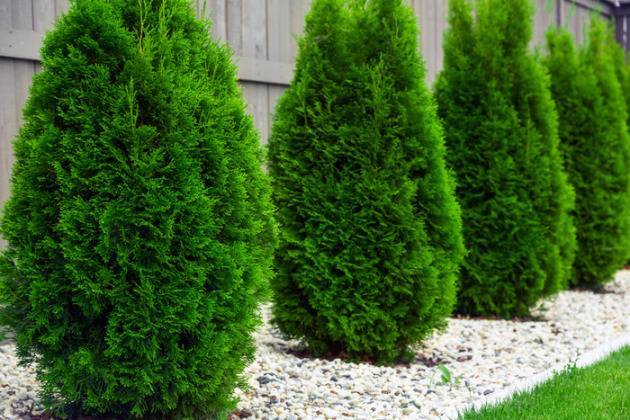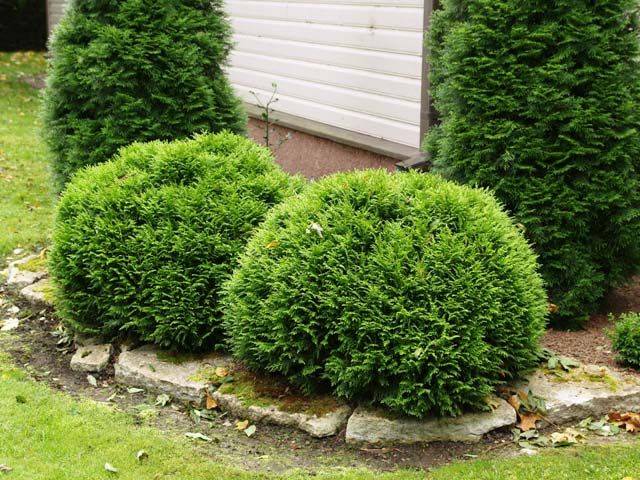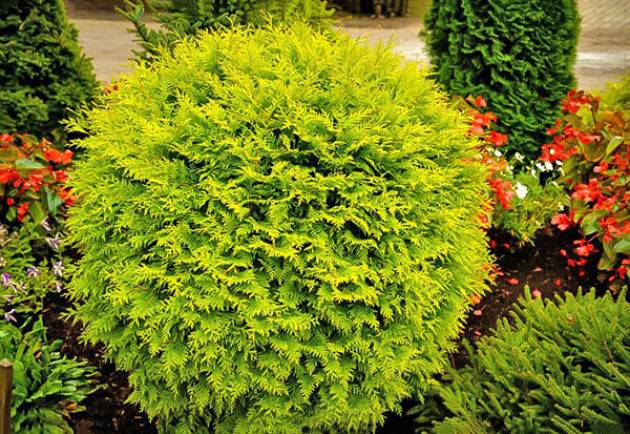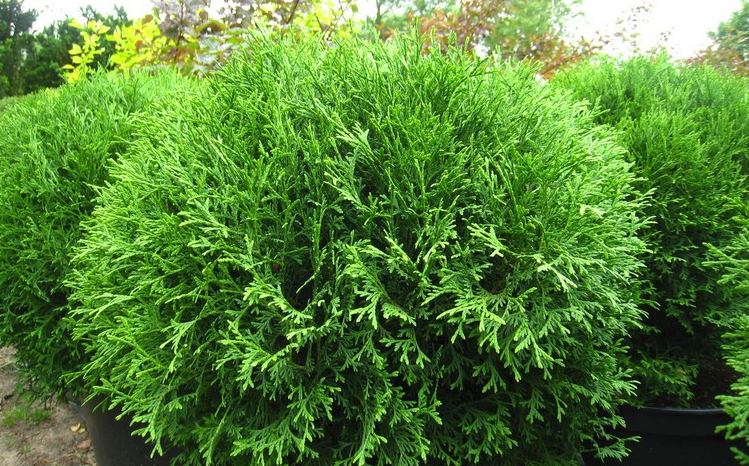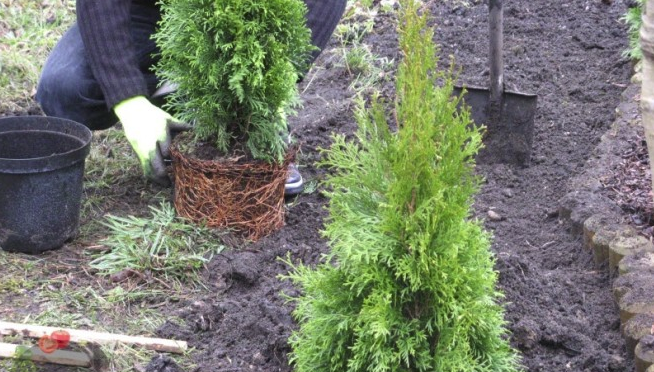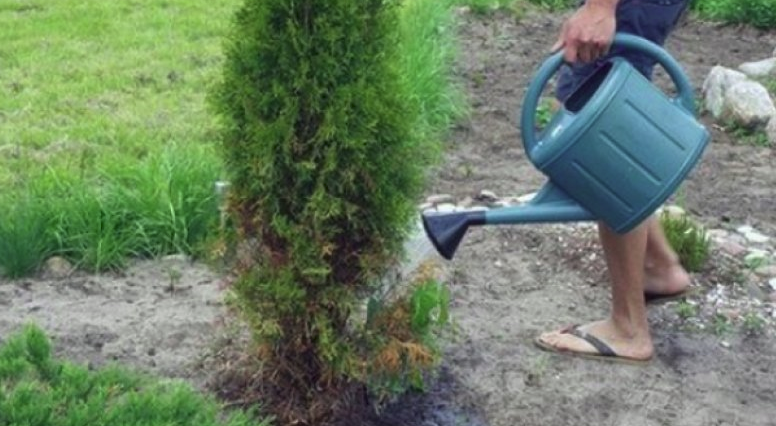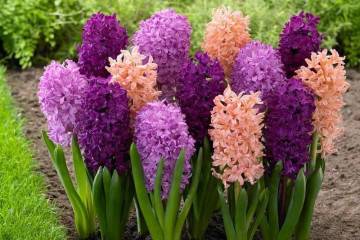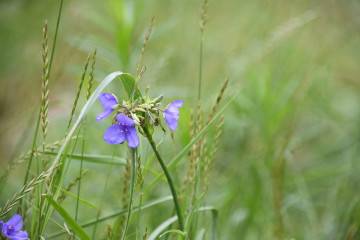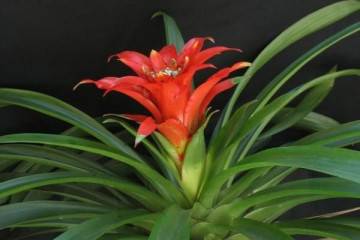Thuja in the Urals - planting and care at home
Content:
Thuja is a beautiful evergreen plant from the Cypress family. Among other conifers, it stands out for its soft, unobtrusive aroma and rich light green color. Due to the high frost resistance of some varieties, unpretentious care and general vitality, evergreen thuja is considered one of the most popular ornamental plants in the Urals.
Thuja varieties for growing in the Urals
There are many varieties and varieties of thuja. Ornamental plant species differ:
- crown shape;
- leaf color;
- height.
Thuja in the Urals happens with a spherical, drooping and pyramidal crown. Leaves are variegated or green. Tall varieties of thuja reach more than 5 meters in height, dwarf - 3-5 m, miniature - no more than 3 m.
Frost-resistant varieties of thuja for the Urals are presented below.
Danica
Miniature variety, grows up to 50-60 cm in height. The crown has a spherical shape. Differs in slow growth.
The bark has a reddish tint, exfoliates from the trunk. Reproduction is carried out using cuttings. Frost-resistant variety, grows well in the shade.
Globoza
Miniature variety, grows up to two meters in height. The shape of the crown is spherical, dense. In warm weather, the bush is bright green, at the end of autumn the needles become brownish or gray-green.
Used to decorate loggias, borders and rock gardens.
Grows well in the shade, is drought-resistant.
Golden Globe
Very frost-resistant, slow-growing variety. The crown of the bush has a spherical shape. Grows up to one meter in height and width.
The needles on top of the bush are golden yellow, inside the crown - green. Needs good watering. Suitable for landscaping or for decorating a home.
Wagneri
Refers to fast-growing dwarf varieties. The crown is dense, has a narrow-conical shape.
The needles are gray-green, in winter they acquire a copper tint. Suitable for single or alley planting, as he loves light space very much.
Woodwardy
The height of the bush is about two meters. The crown is volumetric, has a spherical shape.
The needles have a dark green tint. It can be used to decorate mixborders by placing the plant in the center or planted in group alley plantings.
Hoseri
It grows up to 2 meters in height. The crown is spherical; as the plant grows, it takes on a more flattened shape, reaching up to 60 cm in diameter. Does not need annual pruning.
Brabant
It has a high growth rate, it can grow up to 20 meters in height. The crown is conical in shape, grows up to 4 m wide.
The needles are bright green; they do not change their color throughout the year. The variety is hardy and not demanding to care for.
Sunkist
The variety has good frost resistance. The crown is dense, slightly spreading, conical in shape. Grows up to 3-5 m in height.
The color of the needles is golden; as the plant grows, it becomes lemon. In the cold season, thuja becomes a bright bronze color.
A photophilous variety that needs formative pruning.
Outdoor care problems
With excessive watering and high humidity, thuja can be affected by fungal diseases.
In the Urals, this evergreen plant can hit:
- fusarium,
- brown shute,
- cytosporosis.
In the presence of these diseases, dark spots appear on the trunk and needles, the shoots begin to dry out. In the fight against these diseases, copper-containing preparations and Bordeaux liquid are used. Plant processing must be carried out every two weeks.
Thuja is also very often attacked by pests such as scale insects and aphids. Affected plants stop growing, begin to turn yellow and wither. To combat these pests, drugs such as Karbofos or Actellic are used.
Thuja in the Urals: planting and care
To successfully grow thuja in the Urals, it is necessary to properly care for the plant. To do this, it is necessary to adhere to proper watering, carry out timely fertilizing, loosen the soil and remove weeds. Also, if necessary, you need to prune, and in the fall prepare the thuja for wintering.
Site selection and soil preparation
Thuja prefers sunny, draft-free areas. In shade and partial shade, it grows very slowly and loses its decorative qualities.
The selected area must be dug up, cleaned of plant debris, stones and debris.
For planting, it is necessary to prepare a soil mixture, which should consist of turf, river sand and rotted peat, in a ratio of 2: 1: 1.
How to plant a plant correctly
When planting, thuja must be separated from other plants by 50 cm or more, depending on the variety. When creating a hedge, at least 70 cm should be left between the bushes. The size of the planting pit should be 40 cm wide and 20 cm deep.
Landing step by step:
- Dig a hole, taking into account the size of the earthen coma.
- Place a drainage layer on the bottom.
- Dip the roots of the seedling into the water.
- Pour the prepared soil mixture.
- A small hill is built from the ground, a plant is placed on top.
- An indispensable condition - the root collar is left above the ground.
- They fill up the voids with the remaining soil, compact the earth around the trunk.
- Pour 20 liters of warm water under the seedling.
- Sprinkle the trunk circle with mulching material.
Watering and feeding schedule
Thuja prefers moderately moist soil. With a lack of moisture, the crown of the plant thins.
For irrigation, use warm, purified water. It must be poured strictly into the area of the trunk circle.
In the spring in the Urals, the ephedra should be watered once every 7 days. In the summer period of the year, the intensity of watering should be increased up to 1 time in 2-3 days. In rainy weather, the shrub does not need additional watering.
This method will help saturate it with the necessary moisture, as well as cleanse it of accumulated dust and dirt. Sprinkling will contribute to the better development and metabolic processes of the plant. Watering is best done in the early morning or after sunset.
If fertilizers were introduced into the planting pit during the planting of the thuja, then feeding the plant should be started no earlier than 2 years later. Thuja is fed with complex mineral fertilizers twice a year - in early spring and in mid-summer. The norm is 120 g per 1 sq. m. Also in the spring you can make compost into the soil.
Loosening and mulching of the soil
To enrich the soil with oxygen, after each watering, the soil around the bush is loosened.
In order not to damage the root system located in the upper layers of the soil, the loosening depth should not exceed 10 cm.To reduce moisture evaporation and reduce the number of weeds, a layer of mulch with a thickness of at least 7-8 cm is poured into the trunk circle.
Sawdust, rotted peat and pine bark can be used as mulch.
Shelter for the winter
In the middle of autumn, the trunk of the thuja is spud, the near-trunk circle is covered with dry peat to a thickness of at least 15-20 cm. Dwarf varieties and young plants must be covered with agrofibre, providing an air gap between the bush and the covering material.
Pruning thuja in spring
Pruning is carried out in early spring. All dry, broken, diseased shoots are completely removed.
To form a lush crown, all branches must be cut off by no more than a third of the total length.
Thuja is a beautiful ornamental plant that attracts with its graceful forms and unobtrusive fresh coniferous aroma. Considering all the features of growing thuja, you can create a unique evergreen corner. Such a plant will delight the eye and provide a good mood throughout the year.
